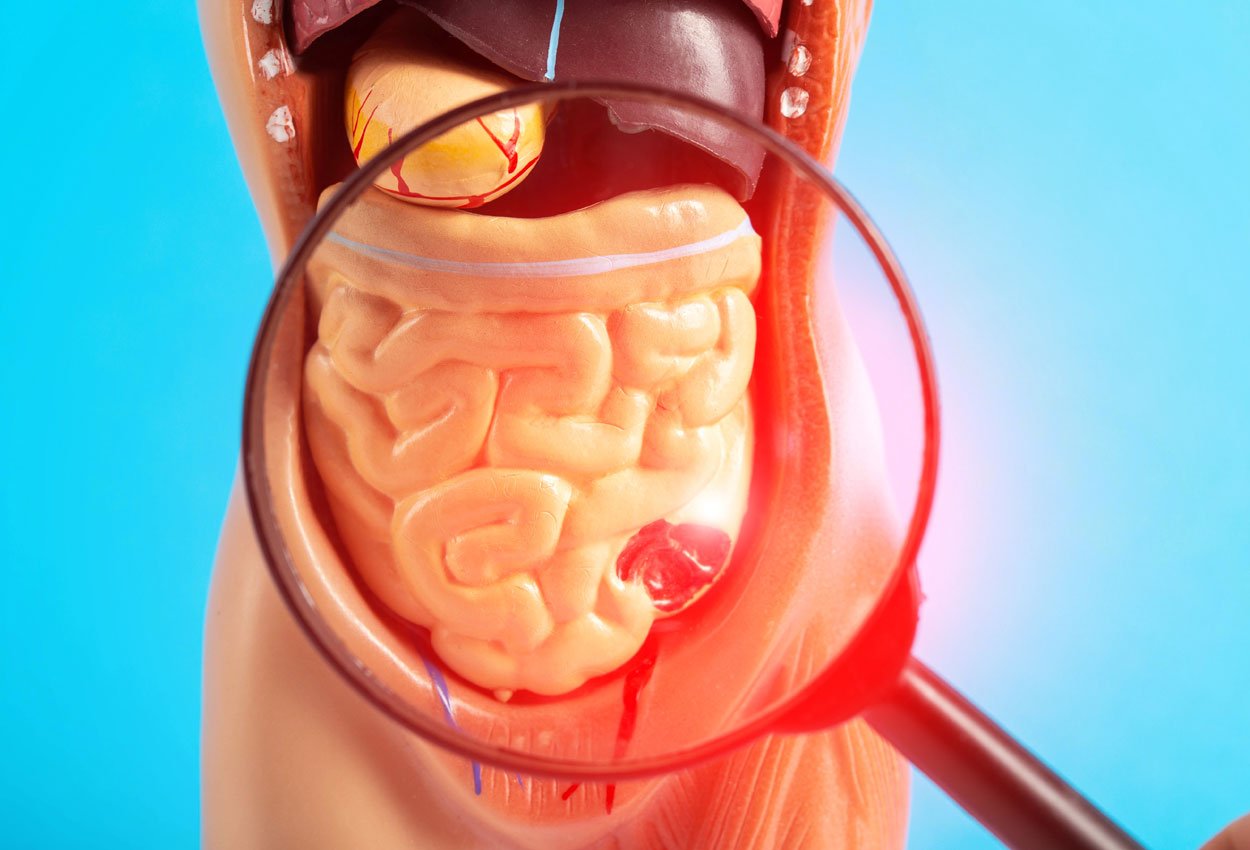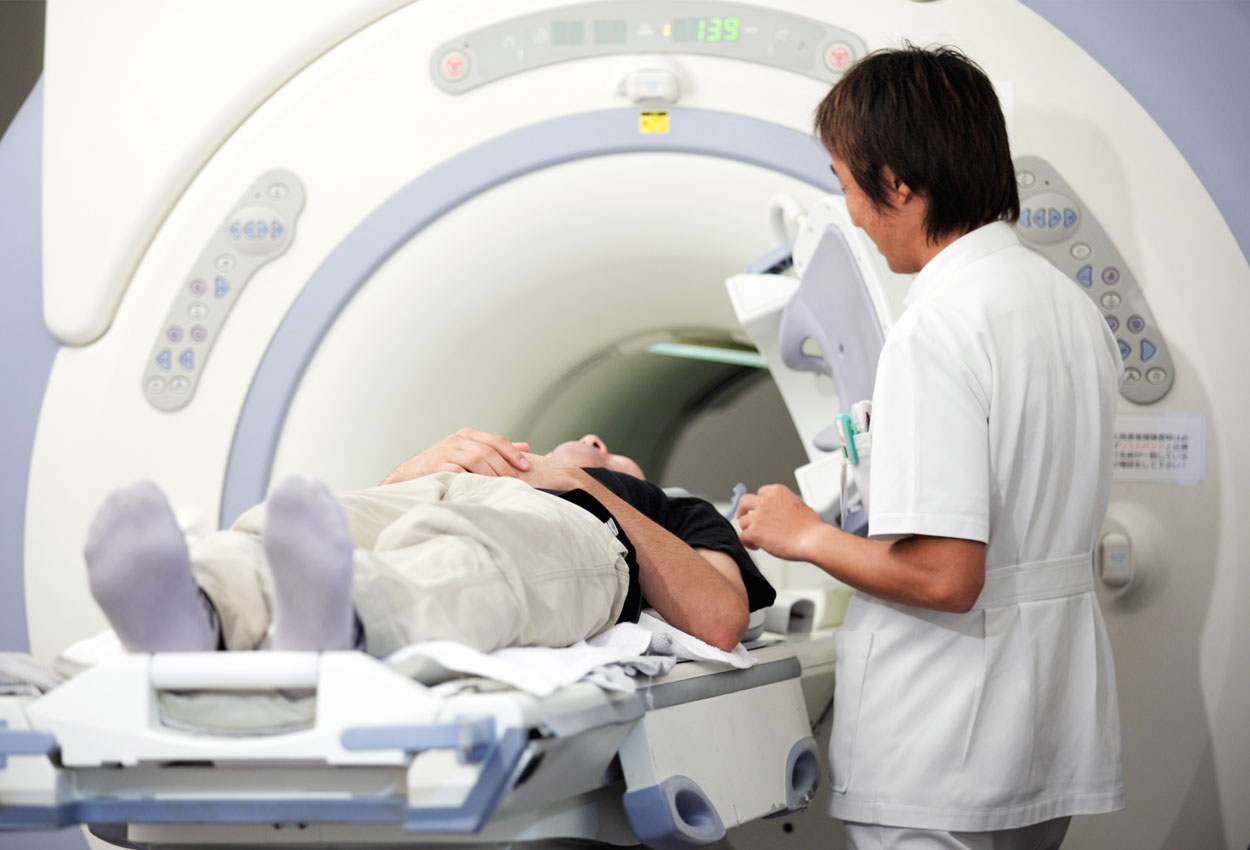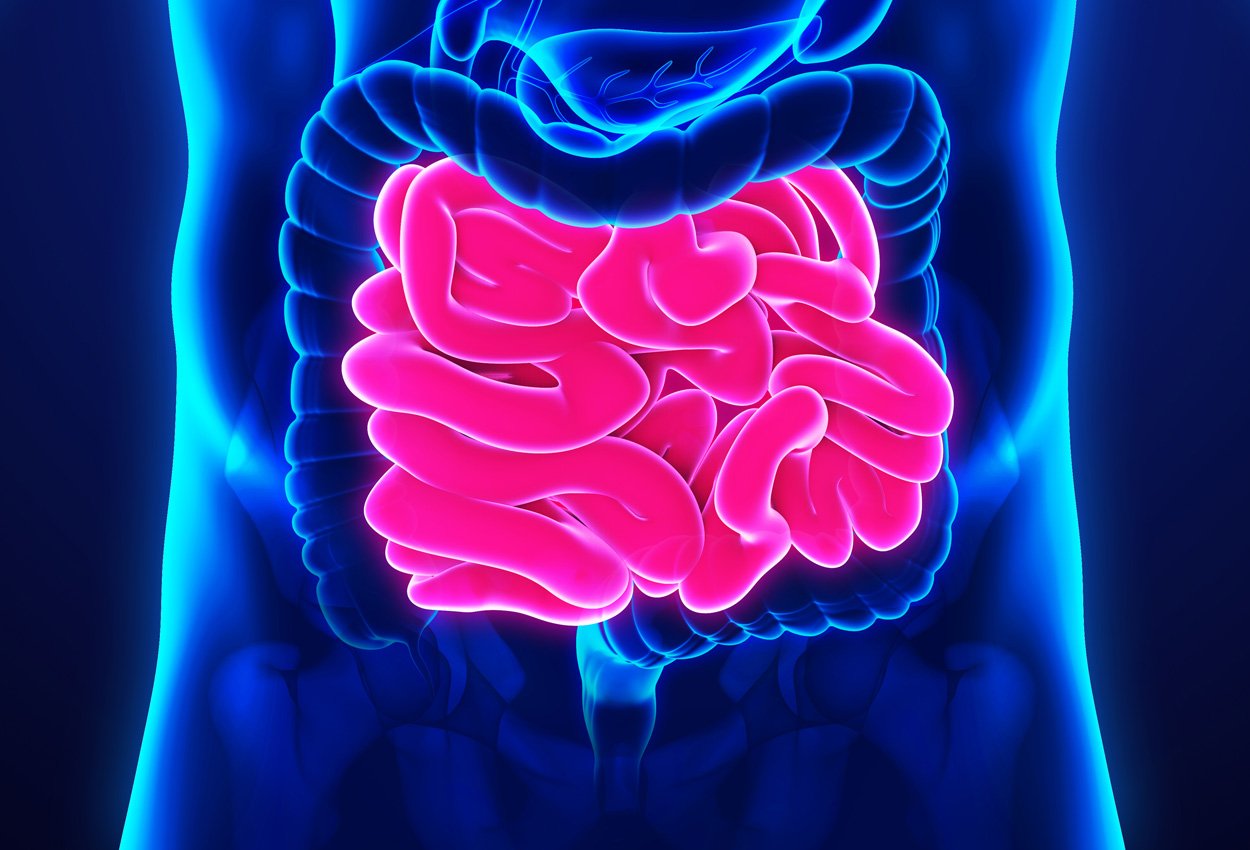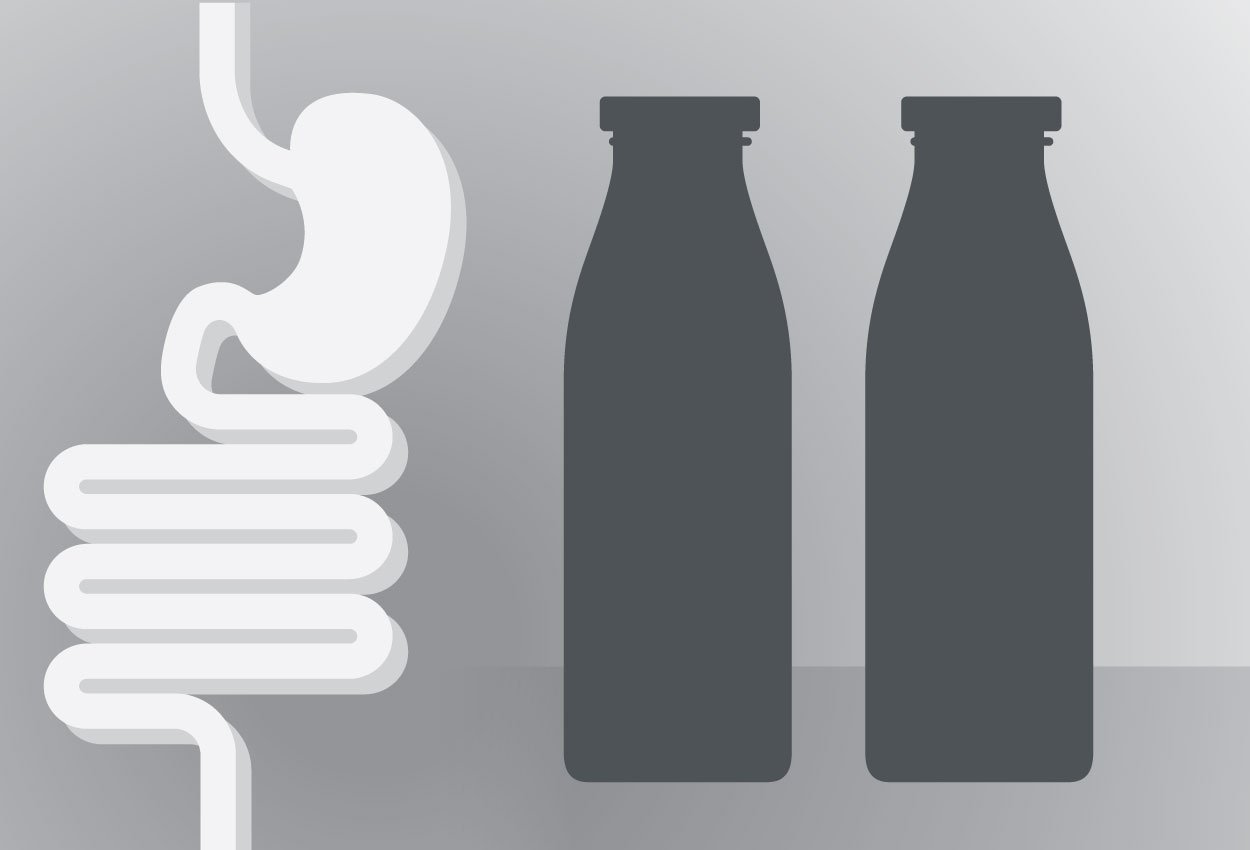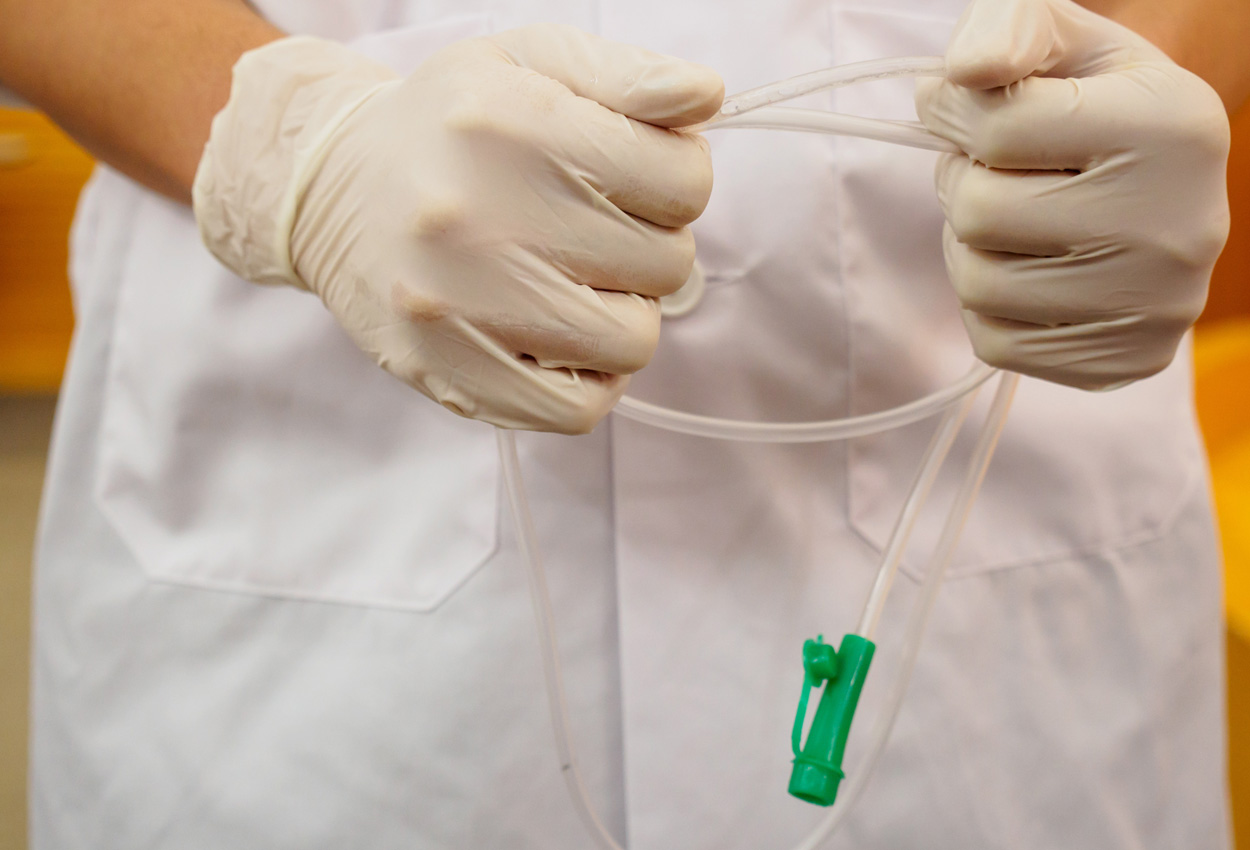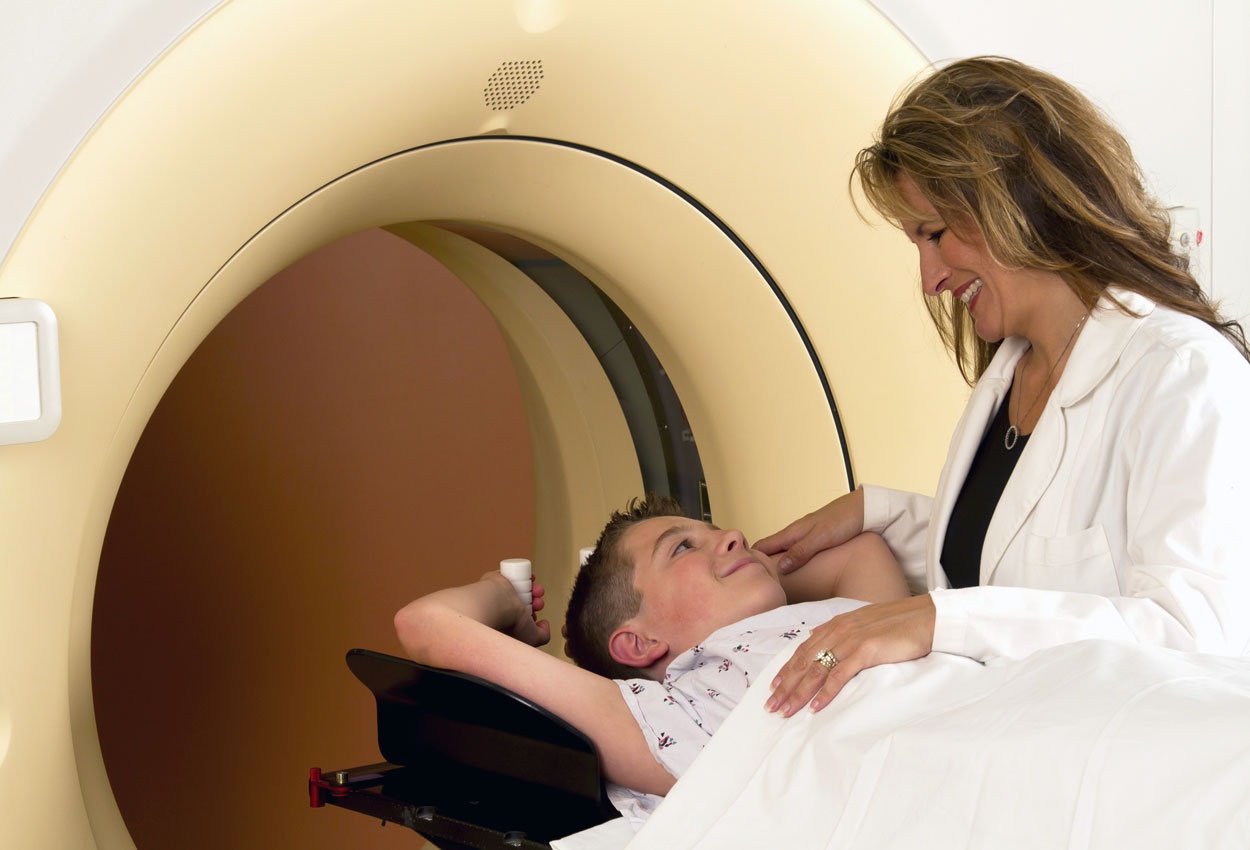When it comes to bowel distention in MR and CT enterography, most conversations focus on volume, timing, or imaging protocol. But there is another factor that has a major impact on exam success:...
Endoscopy and colonoscopy are often the first-line procedure for diagnosing Ulcerative Colitis (UC), a prevalent form of IBD which primarily affects mucosal and submucosal layers of the colon and...
Radiology is one of the most affected hospital departments by patient cancellations according to the article, " The Financial Burden of Missed Appointments: Uncaptured Revenue Due to Outpatient...
No-show patients and cancellations cost the health care system $150 billion a year, according to a study from SCI Solutions. Nationwide, no-show patients and cancellation rates are as high as 30%,...
Enterography studies (in MRI and CT) are a specialized tool for a specific patient population. While it can be used to diagnose problems such as bleeding, inflammation, and obstructions, it is...
When radiologists introduce a new procedure into their institution, or they want to improve an existing protocol, it’s common practice to turn to those that live and breathe that procedure for advice.
Choosing the right contrast and drinking protocol has a direct impact on an imaging department’s productivity.
What do you do when pediatric patients can’t ingest the required amount of contrast for enterography?
The Department of Radiology at the Cincinnati Children’s Hospital Medical Centercompared two neutral oral contrast agents and published their findings (Comparison of Two Neutral Oral Contrast Agents...

